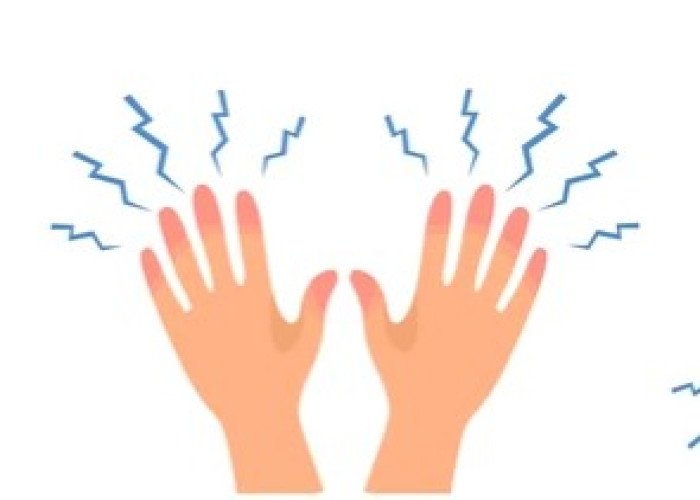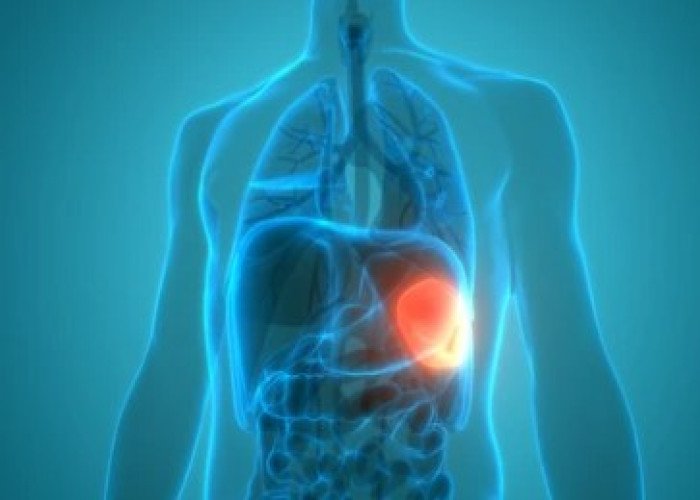 Welcome
Welcome
“May all be happy, may all be healed, may all be at peace and may no one ever suffer."
Sciatica - Homeopathic remedies
Sciatica refers to pain that radiates along the path of the sciatic nerve, which is the largest nerve in the body. The sciatic nerve runs from the lower back down through the buttocks and down the back of each leg. The pain associated with sciatica can range from mild to severe and is often described as a sharp or burning sensation.
Sciatica is usually caused by a herniated or bulging disk in the spine that puts pressure on the sciatic nerve. Other causes can include spinal stenosis (narrowing of the spinal canal), degenerative disc disease, or a spinal injury.
Symptoms of sciatica can include lower back pain, pain that radiates down the leg, numbness or tingling in the leg, or weakness in the leg or foot. The pain can be aggravated by prolonged sitting or standing, coughing, sneezing, or other movements that put pressure on the nerve.
Treatment for sciatica typically involves conservative measures such as rest, physical therapy, and over-the-counter pain medications. In some cases, prescription medications, injections, or surgery may be required to relieve the pain and other symptoms associated with sciatica.
Prevention measures can include maintaining good posture, regular exercise, and avoiding prolonged sitting or standing. It is important to see a healthcare provider if you experience persistent or severe symptoms of sciatica, as early treatment can help prevent complications and promote a faster recovery.

Vibration in body

Children do not cry

Extreme hunger

Delayed menstruation

Spleen and liver swelling

Migraine

Cough

Gangrene
Sciatica, সায়েটিকা
To be happy, beautiful, healthy, wealthy, hale and long-lived stay with DM3S.